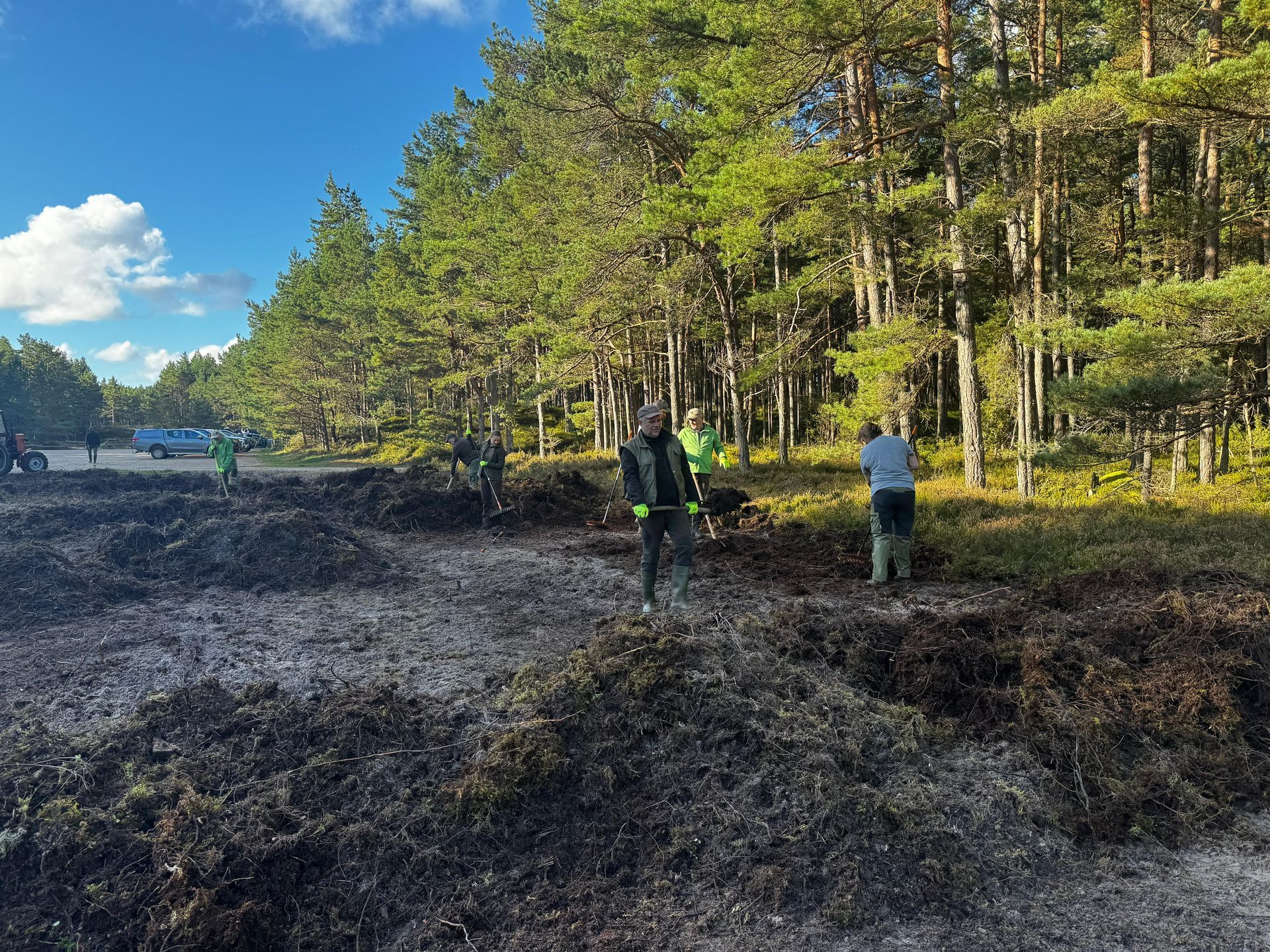A Personal Journey into the European Green Belt: Nature, Knowledge, and Restoration

Background & Location
The European Green Belt Day celebration was organised at Kolka in Latvia, a site chosen for its pristine natural habitats and rich biodiversity, which provided an ideal setting for a real-world demonstration. The primary audience comprised policymakers, civil servants and representatives from environmental ministries and the Nature Protection Agency — key stakeholders responsible for nature protection and land management. The event included lectures and practical work focused on restoring the grey dune habitat, led by a vascular plant expert. This targeted approach aimed to enhance knowledge and integrate the principles of the European Green Belt into regional policies.
Objective
The celebration aimed to enhance knowledge and foster collaborative strategies among key government stakeholders, including policymakers, civil servants and representatives from nature protection and land management agencies, regarding crucial biodiversity conservation practices within the context of the European Green Belt Initiative.
Participants were expected to develop a stronger commitment to integrating the European Green Belt's principles into regional nature protection and land management policies, and to gain an increased understanding of nature protection best practices, as demonstrated by the restoration work on the grey dune habitat in the 'Ances marshes and forests' Nature Reserve. The seminar aimed to translate this enhanced knowledge into concrete policy actions and inter-agency collaborations to ensure the long-term ecological integrity of the Latvian Green Belt.
Approach & Results
Our approach combined an expert lecture on vascular plants with practical fieldwork aimed at restoring the grey dune habitat. This combination of theory and practice enhanced knowledge transfer and fostered collaborative strategies for the European Green Belt Initiative. Specifically, pine seedlings were manually removed from a sensitive dune area. This was not just educational, but also represented an immediate, tangible restoration action led by the people responsible for land management. The unusual sight of senior policymakers and civil servants engaging in strenuous physical conservation work alongside experts emphasised their powerful commitment to 'learning by doing' and to protecting the European Green Belt. The most significant result was the immediate formation of an inter-institutional working group among the participants focused on adopting the vascular plant expert's recommendations for monitoring threatened species within the Nature Protection Agency's 2026 work plan — a direct policy-level outcome.


